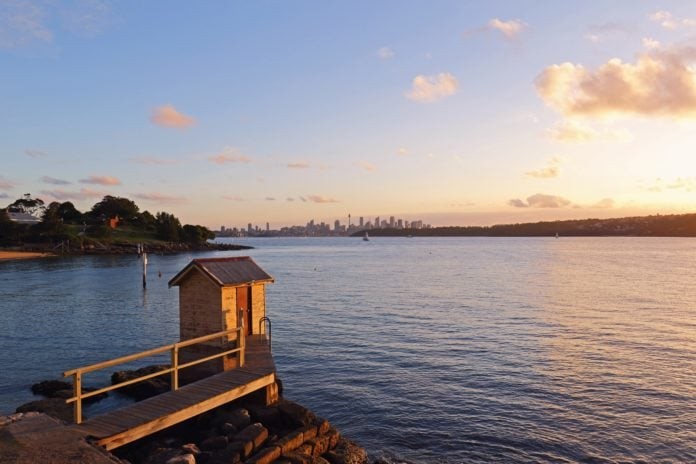Diving on your doorstep; Sydney, Australia offers its residents a magnitude of local dive sites – not least Camp Cove, in the heart of the city
Few cities in the world offer as easy access to local dive sites as Sydney. Built on a natural harbor –the world’s largest – it’s no wonder that Australia’s most populous city is said to boast more divers per capita than almost anywhere else on our planet.
The harbor itself has no fewer than 40 dive sites so it’s safe to say ‘Sydneysiders’ have it pretty good when it comes to taking their pick of local diving – especially as ample more sprawl both north and south along the New South Wales coast.
One of the most popular of those dive sites is Camp Cove. Located at the tip of South Head, close to the natural ‘mouth’ of the harbor and looking out over the city itself, Camp Cove is accessed from the small beach – favorite to locals – that goes by the same name.
The site itself, made up of three adjoining reefs (North Reef, South Reef, and Middle Reef), happens to be one of the easiest dives in the area and so is commonly used for Open Water course certification. However, don’t let the ease of diving fool you; despite its sheltered position that protects divers from the currents and shallow depths of up to 8m / 26ft, Camp Cove is one of the most diverse marine ecosystems in Australia.
Many of the Harbors 600 species – more than any other harbor in the world – are congregated in the small shore access site thanks to a habitat made up of both hard and soft coral, rocky outcrops and caves, and a sandy bottom.
Species most commonly observed include sea horses, stingrays, cuttlefish, octopus (one of Camp Cove’s most famous residents is the brilliantly florescent Blue Ringed octopus) and rare weedy sea dragons, which are endemic to Australia. Likewise, Port Jackson and wobbegong carpet sharks – the latter of which can grow as large as 3m / 10ft in length – can also been seen. On the other end of the spectrum, nudibranches unique to the Sydney region will entertain those divers interested in macro life. Various other reef species, which range from various crabs to moray eels, help diversify Camp Cove diving further, often in less than just 3m / 10ft of water.
Visibility can be limited during low tide, forcing divers to spend a longer duration searching through caverns and hollows in search of marine life. However, most dive logs typically list visibility between 8 – 12m (26 – 40ft). Favored amongst many for its overhangs, swim-through’s and walls, North Reef often boasts the most abundant marine life though the large boulders and kelp beds found at South Reef are perfect for finding sea horses and their all-elusive weedy sea dragon cousins.
Though the typically temperate waters of New South Wales often make for diving on the colder side of things, the site’s shallow depths limit diver discomfort and any diver feeling the chill can easily return to the beach where a view of the downtown Sydney’s skyline rewards all at the end of each dive.
Unique by its vicinity to the city, Sydney’s Camp Cove is a brilliantly diverse dive suited to all levels and interests.
What You Need to Know
Where is Camp Cove, Sydney
How to Get There
Over 35 airlines fly in and out of Sydney Airport with daily flights linking Sydney to key destinations on every continent.
When to Go
The best times to visit Sydney are September through November and from March to May. These months skirt Sydney’s high and low seasons, offering visitors comfortable temperatures and manageable tourist crowds.
Currency
The currency in Australia is the Australian Dollar.

